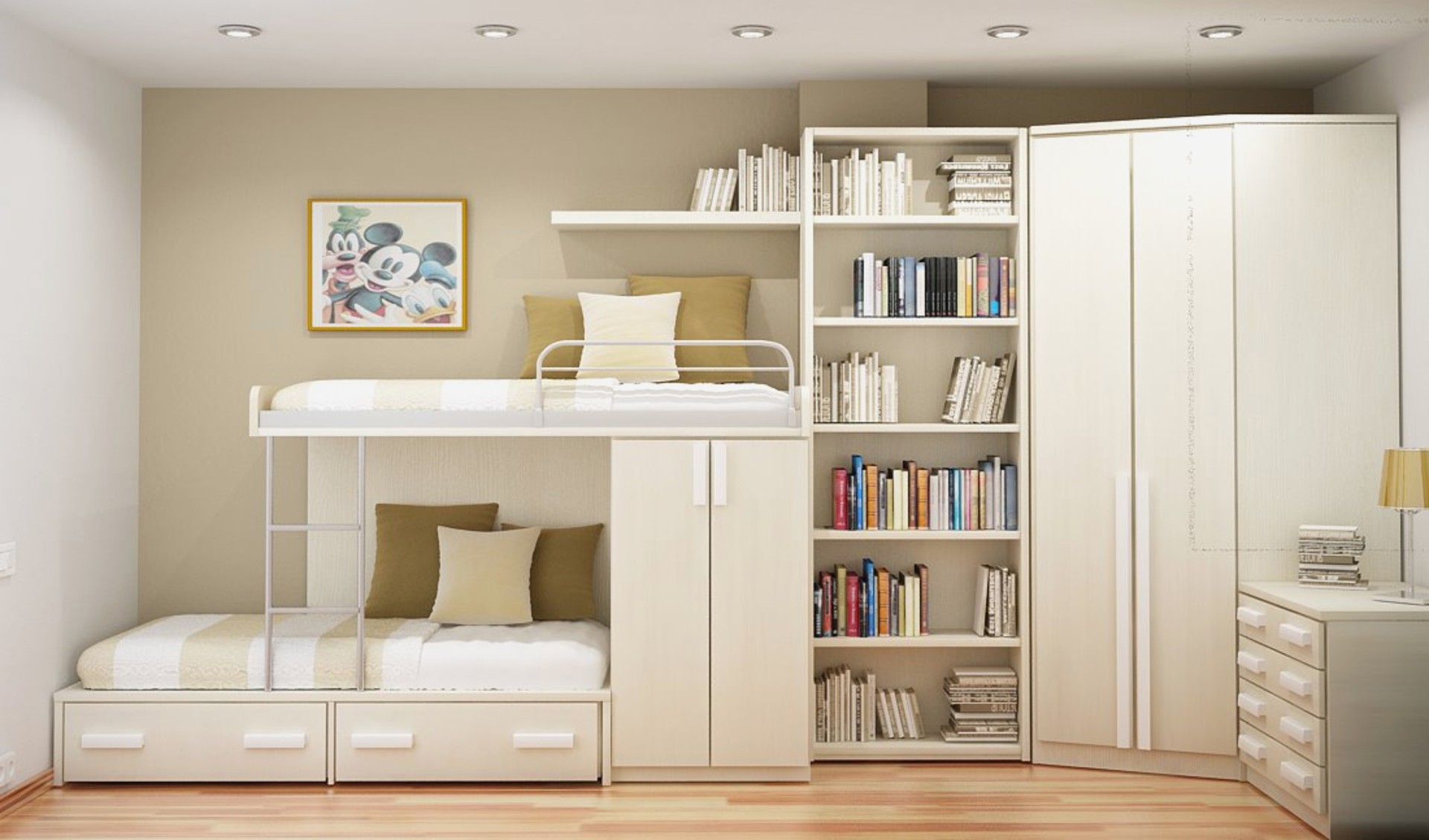
If you want to skip reading the rest of this article, then just know this: safety switches save lives.
If you were to make contact with electricity, a safety switch would detect that and shut down your circuit in 0.03 seconds. That would save you life.
Safety switches are there to protect you and your family from hard and possibly death.
So What are Safety Switches?
They’re a switch that is located in your switchboard. You might have fuses or (more likely these days) circuit breakers in the same switchboard. Both circuit breakers and safety switches are similar to look at. But they are very different in what they’re designed to do.
A safety switches function is to turn off when it detects a problem. For instance, if you were to touch a live wire that would create an earth leak. You would be shorting the current from your home’s circuitry to the ground. That’s how electrocution works. The safety switch would instantly detect this change in current and react. It would turn off the power, saving your life.
The Difference Between Safety Switches and Circuit Breakers
The safety switch is designed to protect your life. The circuit breaker is designed to protect your power and appliances. For instance, a power overload would trip a circuit breaker. It would not trip a safety switch.
In the image above, you see both a safety switch and (to the left) circuit breakers. They can look very similar. You can identify the safety switch by the button with a T on it. All safety switches will have a button with a T on it. They don’t all look the same. Some are small and blue, some bigger and yellow. The important thing to know is that it will always be a button and always have a T on it.
Testing Your Safety Switch
Now that you’ve identified your safety switch, and the button with the T on it, you can now test your safety switch.
Ideally you should test your safety switch every three month. This will ensure that the switch is working when it is needed to save a life.
Before testing, make sure everyone knows that you’re about to it. Testing will kill all electricity on that circuit. So anyone watching television, or running a computer (for instance) will curse you if you shut off their electricity.
Now. All you have to do is press the T. The switch should instant flip and all lights and power on that circuit should go off.
You’re done. Repeat again in three months.
How Many Safety Switches Should You Have?
You should have one safety switch for each circuit. If you have a pool, that would be one for the home and one for the pool. If you have a larger home you might have two in the home and one for the pool. If you have a shed that might be on a separate circuit too, and would therefore have a safety switch. Every circuit needs it’s own safety switch.
And Remember, Safety Switches Save Lives
If you have any questions or issues with safety switches, then please consult an electrician. We used South East Electrical as reference for this article. Electricians such as them can ensure your safety switches and fully functional and compliant with today’s legislation. The cost will be small compared to the knowledge that your family and protected.


